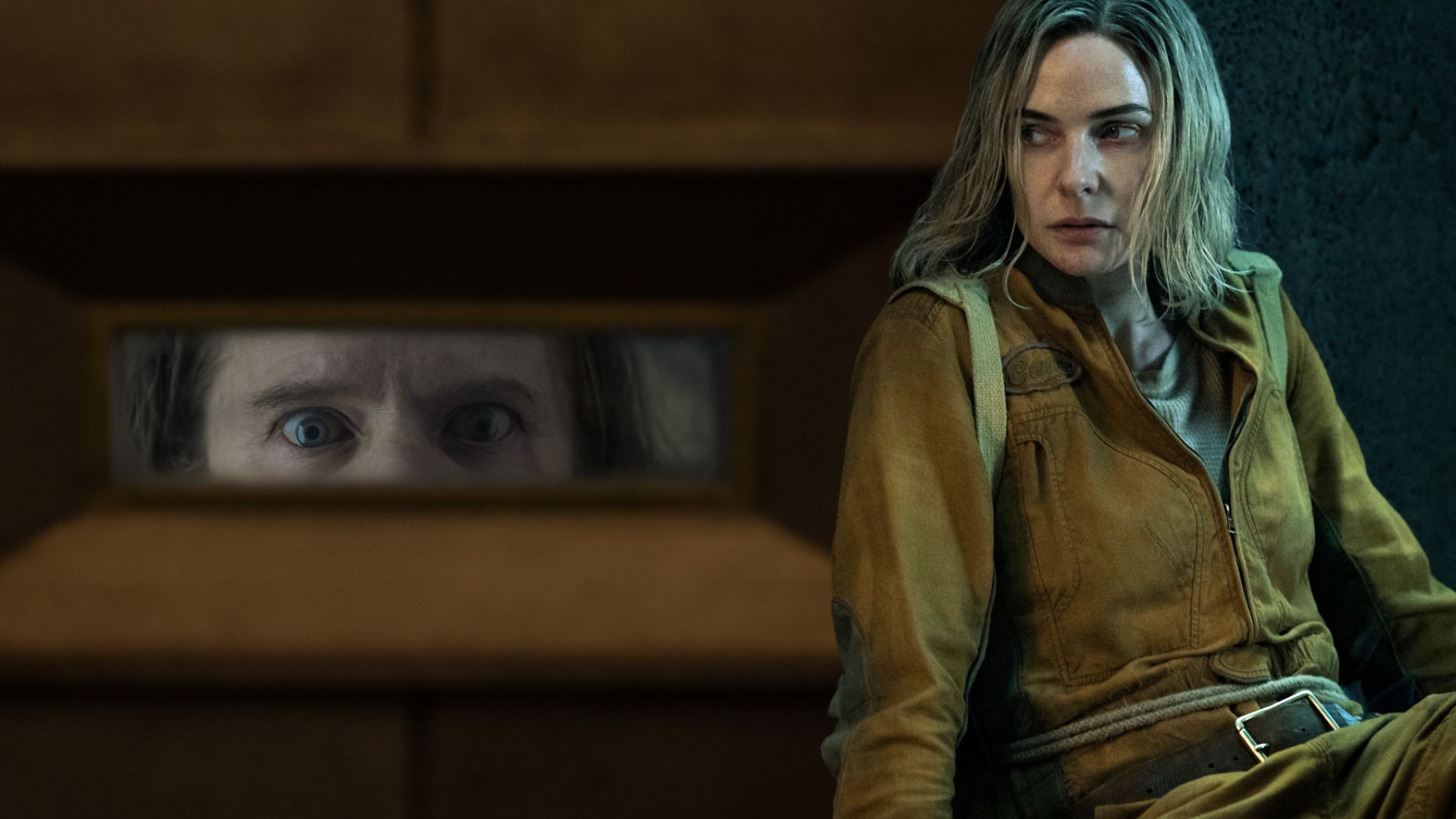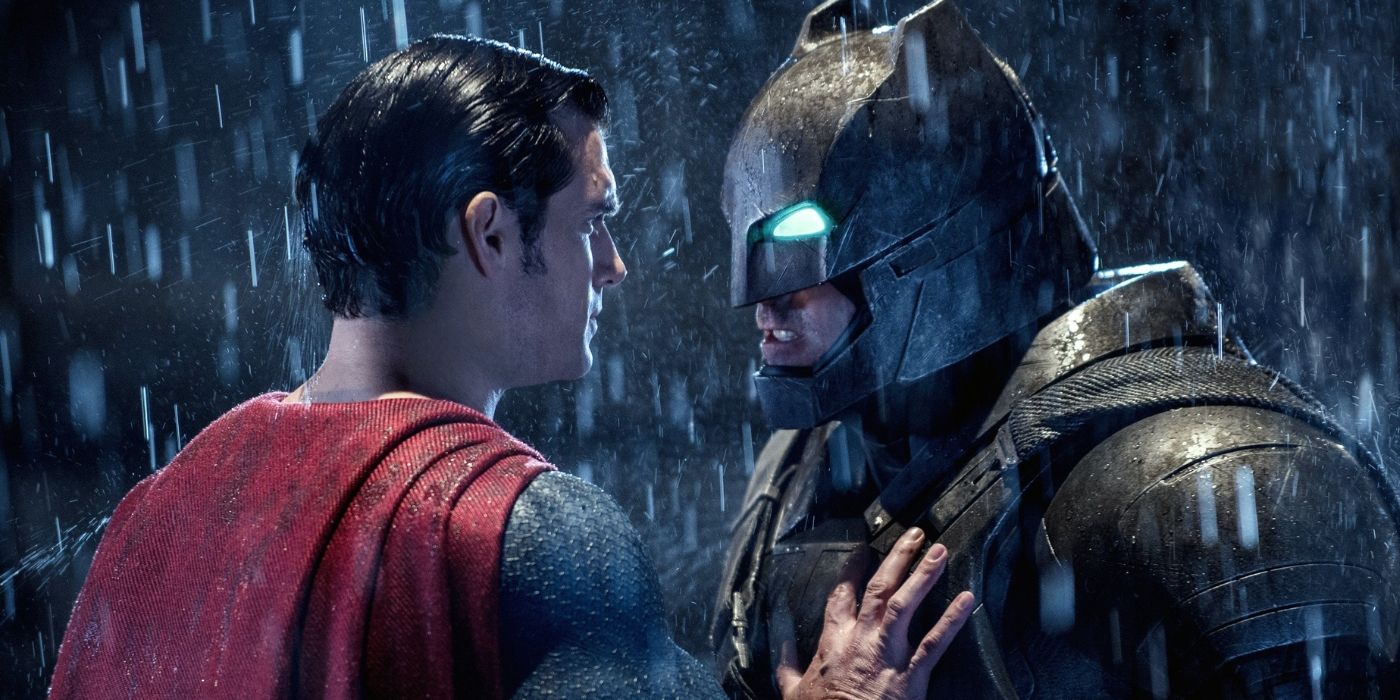The sickness at the heart of Sequoia Nagamatsu’s dazzling debut novel, How High We Go in the Dark, causes the body to do the impossible. Within victims’ bodies, lung cells transform into kidney cells, brain cells turn into cardiac cells. Organs shut down, because they’re mutating into something else entirely; before death, the skin turns translucent with nebula-like splashes of color.
They call it the Arctic plague, because it surfaced in the body of an oddly tattooed girl, 30,000 years dead, buried in a permafrost crater in Siberia. Unwittingly released by a group of archaeologists, the virus trickles into and then sweeps across the world, transforming it to fit the shape of the virus and the waves of loss that follow.
The story of the plague and all that comes after is told through a series of interconnected, short-story-like chapters, narrated by a cast of fascinating characters: the father of the woman who discovered the ancient, virus-ridden remains; a comedian-turned-mascot at a “euthanasia park,” like Disneyland for dying children; a physicist who, attempting to unlock the secret of long-distance space travel, accidentally implants a black hole in his own brain. One narrator is in a plague-induced coma, another one is on board a spaceship looking for refuge on a new planet. In one exquisite, searing chapter, a plague scientist falls in love with a sick man. She’s married, he’s dying. It’s her job to study the virus in his body once he’s gone. I had to close the book for a while after that one.
This book hums with music and glows with starlight, dark and light at the same time.
There is so much loss that it alters every corner of the world, so much grief that it forces you to see death differently. How permanent can death be if families can visit holograms of their loved ones? If they can record their lost voices in robotic pets and lie in a room with their embalmed remains and interact with the virtual avatars they left behind? In each chapter, Nagamatsu tenderly and precisely examines how far we’ll go to defy death and the sheer pain that comes with accepting it.
The grief you experience while reading How High We Go in the Dark is grasping and helpless and quiet and enraging and hideously unfair. It is far-reaching and elastic, stretching across generations and the depths of space. But most of all, it is porous, containing unexpected pockets of love and hope and even wonder, and it all boils down to one question. Helplessly, over a hospital bed, one character asks, “But how will I say goodbye?”
How High We Go in the Dark searches the galaxy to find an answer.
Standout Quote
“Would be pretty amazing if that thing that fell in the ocean was really from another world. You believe in that stuff?”
“I think it’s probable,” I say, searching the sky for the dippers. “Awfully big place for it to be only us.”
“Well, maybe somewhere on some faraway planet or moon, two beings are together like this asking the same thing.”
Mindset
If you’re nervous that a novel about a pandemic might hit too close to home, know that this one does follow some disturbing parallels to reality. However, it was different enough for me — and jumps so far into the future — that the pandemic elements weren’t too difficult to read. How High We Go in the Dark also focuses more on the emotional toll of its fictional pandemic than the scientific mechanics of it, which made it easier for me to read (but might make it harder for some).
Where You Should Read It
After dark, near a window where you can see a slice of the night sky.
Read This If You Like . . .
This book felt like a season of Black Mirror, made up of interconnected stories in an off-kilter alternate reality. It also reminded me of Station Eleven by Emily St. John Mandel and The Age of Miracles by Karen Thompson Walker, zooming in on small tragedies as a way of exploring apocalypse.
POPSUGAR Reading Challenge Prompt(s)
This novel can check off more than one 2022 POPSUGAR Reading Challenge prompt; just pick the one that fits best for you.
- A book published in 2022
- A book about the afterlife
- A book about a secret
How Long It Takes to Read
This book is fewer than 300 pages, and you could finish it within a long weekend of dedicated reading if you wanted to, but each chapter cuts deep. I ended up spreading it out, both to better soak in the writing and so I could take breaks from the darker parts.
Give This Book to . . .
Fans of sci-fi and the apocalyptic genre especially, but I would recommend this book to just about anyone.
The Sweet Spot Summary
Sequoia Nagamatsu’s How High We Go in the Dark ($23, originally $28) is a transcendent debut that explores grief and resilience through a fictional pandemic. Filled with disturbingly believable twists and turns and a fascinating cast of characters, this book hums with music and glows with starlight, dark and light at the same time.
Image Source: William Morrow / HarperCollins Publishers
You can view the original article HERE.

:quality(85):upscale()/2023/10/23/619/n/1922283/41d4a38765367aa91cbc18.43219011_.jpg)







:quality(85):upscale()/2024/09/04/734/n/1922283/9b8f37ec66d88cf7b7e084.15655484_.jpg)

















:quality(85):upscale()/2024/11/07/930/n/1922564/a2d3a981672d2eff2fa4b3.27830525_.png)

:quality(85):upscale()/2024/10/29/800/n/1922564/87311b9b67212573be36e4.40498817_.jpg)
